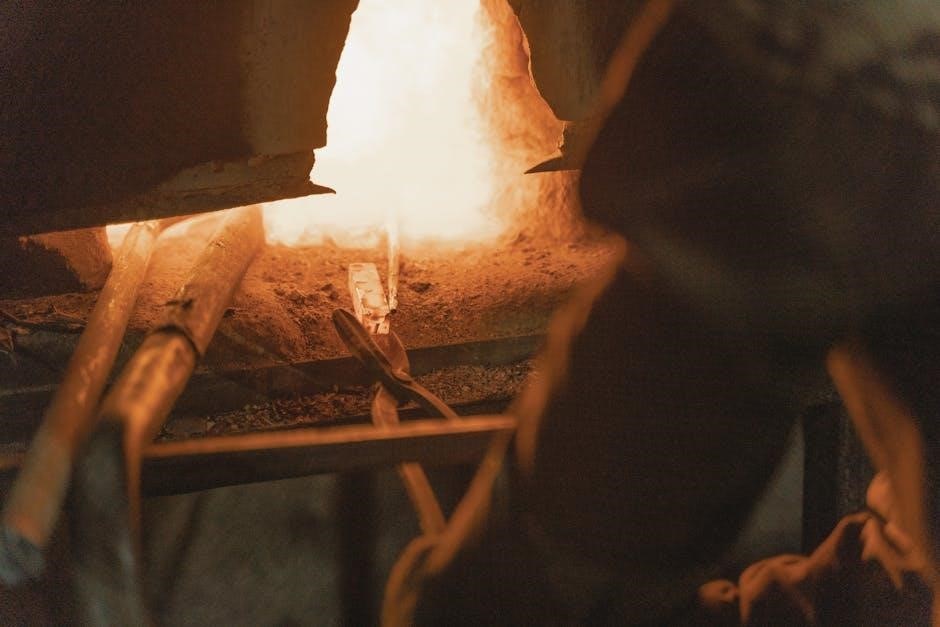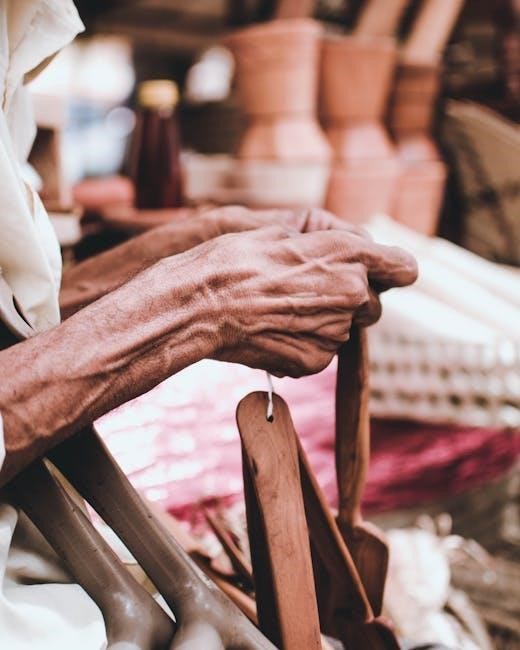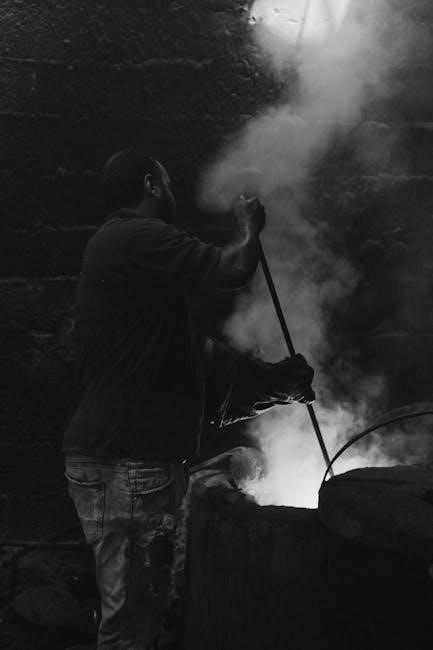The old Brivis ducted heating manual provides guidance on operating and maintaining older models of Brivis heaters, including instructions and troubleshooting tips for optimal performance and energy efficiency always matters.
Overview of Brivis Ducted Gas Heaters
Brivis ducted gas heaters are a type of heating system that provides warmth to homes through a network of ducts, with various models available, including StarPro, Buffalo, and Wombat, each offering unique features and benefits, such as energy efficiency and cost-effectiveness, the Brivis ducted gas heaters are designed to provide reliable and consistent heat, with a range of control options, including automatic and manual modes, allowing users to customize their heating experience, the heaters are also designed with safety in mind, featuring advanced safety features, such as overheating protection and automatic shut-off, to ensure safe and secure operation, overall, Brivis ducted gas heaters are a popular choice for homeowners seeking a reliable and efficient heating solution, with a range of models and features to suit different needs and budgets, the heaters are widely used in many homes, providing warmth and comfort to families, and are known for their durability and long lifespan, making them a worthwhile investment for homeowners.

Understanding the Brivis Ducted Heating System
The Brivis ducted heating system operates using natural gas and air to produce heat, with a complex system of components working together to provide warm air to homes always efficiently.
Components of the Brivis Ducted Heating System
The Brivis ducted heating system consists of several key components, including the heater unit, control panel, and ducting system, all working together to provide warm air to homes. The heater unit is the main component, responsible for producing heat, and is typically installed outside the home. The control panel is used to regulate the temperature and operation of the system, and is usually located inside the home. The ducting system is a network of pipes that distribute the warm air throughout the home, and is typically installed in the ceiling or under the floor. Other components, such as vents and grilles, are also used to direct the flow of air and improve the overall efficiency of the system. By understanding the different components of the Brivis ducted heating system, homeowners can better maintain and troubleshoot their system, ensuring optimal performance and energy efficiency. The components are designed to work together seamlessly, providing a reliable and efficient heating solution for homes.

Operating the Brivis Ducted Gas Heater
Operating the Brivis ducted gas heater involves setting temperature and timing controls using the control panel for efficient heating always.
Automatic and Manual Operation Modes
The Brivis ducted gas heater features automatic and manual operation modes, allowing users to choose their preferred heating method. The automatic mode enables the heater to operate based on a pre-set schedule, while the manual mode allows for temporary overrides.
Users can switch between these modes using the control panel, which provides an easy-to-use interface for adjusting settings. The manual mode is useful for occasions when the user needs to make temporary changes to the heating schedule.
The automatic mode, on the other hand, provides a convenient and energy-efficient way to heat the home, as it can be programmed to turn on and off at specific times of the day. By using these operation modes, users can optimize their heating experience and reduce energy consumption. The control panel also displays important information, such as the current temperature and operating mode.

Troubleshooting and Maintenance of Brivis Ducted Heaters
Regular maintenance and troubleshooting ensure optimal performance and extend heater lifespan always with proper care and attention to details and guidelines.
Resetting and Servicing the Brivis Ducted Heater
To reset the Brivis ducted heater, turn off the power and wait for 30 minutes before turning it back on, this simple step can resolve many issues with the heater’s operation.
The servicing of the Brivis ducted heater should be performed by a qualified technician, as it requires specialized knowledge and tools to ensure the heater is functioning properly and safely.
Regular servicing can help extend the lifespan of the heater and prevent costly repairs, it is recommended to service the heater at least once a year.
The technician will check the heater’s components, including the burners, heat exchanger, and venting system, to ensure they are in good working condition.
Additionally, the technician will clean the heater’s filters and check the ducting system for any blockages or damage, this will help improve the heater’s efficiency and performance.
By following the manufacturer’s instructions and servicing the heater regularly, homeowners can enjoy reliable and efficient heating for many years.
It is also important to keep the heater’s manual and service records handy, in case the technician needs to refer to them during the servicing process.
Overall, resetting and servicing the Brivis ducted heater is an important part of maintaining its performance and extending its lifespan.

Installation and Ventilation Requirements
Proper installation and ventilation are crucial for safe and efficient operation of old Brivis ducted heaters always requiring careful planning and execution to meet specific requirements and standards always.
Clearances and Ducting Information for Brivis Ducted Heaters
The old Brivis ducted heating manual provides specific guidelines for clearances and ducting information to ensure safe and efficient operation of the heater.
The manual outlines the minimum clearances required between the heater and surrounding surfaces, as well as the recommended ducting materials and configurations.
Proper ducting is critical to prevent heat loss and ensure even distribution of warm air throughout the building.
The manual also provides information on duct sizing, insulation, and sealing to prevent air leaks and maintain optimal system performance.
Additionally, the manual includes diagrams and illustrations to help users understand the complex ducting systems and ensure correct installation.
By following the clearances and ducting guidelines outlined in the manual, users can ensure their old Brivis ducted heater operates safely and efficiently, providing reliable heat and minimizing energy costs.
The clearances and ducting information provided in the manual is specific to old Brivis ducted heater models, making it an essential resource for users of these systems.
The manual’s guidance on clearances and ducting helps to prevent common issues such as reduced airflow, increased energy consumption, and compromised safety.
Overall, the clearances and ducting information in the old Brivis ducted heating manual is comprehensive and detailed, providing users with the knowledge they need to install and maintain their heating system effectively.
